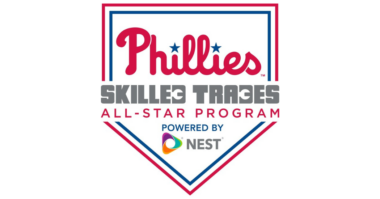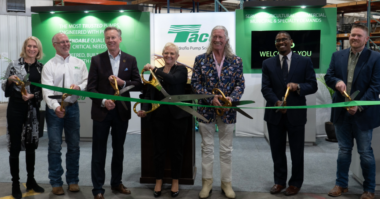Authors: Mike Lassas, Vice President – Administration, and Cal Hayes, General Manager, WaterWorks Division, Proco Products Inc.
A check valve is typically installed into the discharge piping of a pumping system to ensure that the material being pumped does not flow backward. With so many check valves available to the market, it can be a challenge to find the right one for your application. Before you start shopping for check valves, make sure you know the answers to these five questions.
- What service will the valve be operating in? i.e. What is the application? It is critical to know what you want your valve to do so that you can select the correct valve for your specific application. It is quite common to have the wrong check valve installed in a piping system, which typically happens when check valves are selected based on the size of the pipe instead of the flow conditions.
- What is the flow rate? It is very important to know the rate of flow in terms of Gallons per Minute (GPM), Gallons per Hour (GPH), or Liters per Second (L/S). If your application has a flow rate of higher than 8 feet per second flowing through the valve, you will experience a higher rate of wear and tear. When flow is higher than 8 feet per second, abrasion will cause deterioration to any valve, regardless of whether it is a rubber-seated valve or a metal-seated valve. The faster the flow, the more wear you will see on your check valve, resulting in decreased life. Knowing your flow rate can help you pick a check valve best suited for your specific application.
- What is the inlet pressure? Knowing the inlet pressure will help determine which style of check valve you might need. Do you need a “Slip On” style check valve? Do you need a “Flanged” style check valve? Or do you need an “Inline” style check valve? A slip on style check valve typically is installed at the end of a discharge pipe. An inline style check valve is typically installed in the middle of a piping system. You can also have a flanged in-line check valve or a flanged end-of-line check valve. Deciding which to use really depends on where the check valve will be located in your pumping system.
- What is the back pressure? Back pressure is the differential pressure between the inlet and outlet pressures. For example, imagine a valve is installed at the end of a pipe which is draining fluid into a creek. When that creek rises, how high will the water rise above that valve? When the water rises above that valve, back pressure is created. So with your specific application, you should know how much back pressure the check valve will need to withstand.
- Will the valve be installed in a submerged condition? If the valve is installed in a submerged condition, this means that there will always be back pressure on the valve. If that is the case, you want to choose a check valve designed for submerged conditions and manufactured from the correct materials to accommodate the constant back pressures that result from submerged conditions.
It is extremely common to have the wrong check valve put into a piping system. If you have having frequent problems with your check valves, it could be a result of improper selection. Before shopping for a check valve, review your maintenance history, find the answers to the questions above, and then consult with the check valve specialists at Proco Products Inc. Check out the Guides in the Proco Tool Box to learn more.





Comments